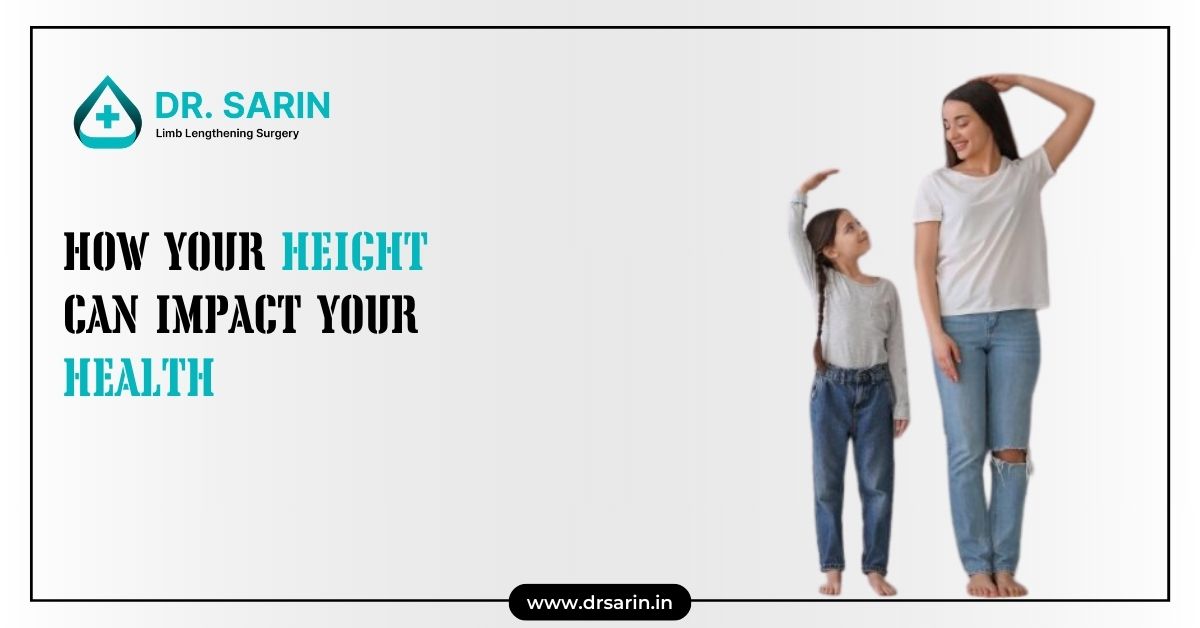Cosmetic leg lengthening, also known as limb lengthening, is a surgical procedure designed to increase a person’s height for aesthetic purposes. It’s a choice made by individuals who wish to boost their self-esteem, improve their appearance, or overcome insecurities related to their height. The procedure involves creating controlled fractures in the long bones of the legs and then stimulating the growth of new bone tissue. Two primary methods are employed to achieve this: external and internal methods. In this article, we’ll explore the key differences and considerations between these two approaches.
External Methods:
External methods of cosmetic height surgery are characterized by the use of an external fixation device, such as the Ilizarov frame or the newer Taylor Spatial Frame. These devices are attached externally to the patient’s legs and are responsible for the gradual distraction of the bone segments, encouraging new bone formation. Here are some of the advantages and disadvantages of external methods:
Advantages:
- Non-invasive: External methods do not require the insertion of nails, rods, or screws into the bone, making them less invasive than internal methods.
- Precise control: Surgeons have precise control over the lengthening process, allowing for accurate adjustments.
Disadvantages:
- Discomfort and inconvenience: The external frame can cause discomfort, and it can be cumbersome to manage in daily life.
- Visible external device: The frame is visible and can lead to social discomfort during the lengthening period.
Internal Methods:
Internal methods of Limb Lengthening surgery cosmetic involve the insertion of intramedullary nails or rods into the bone. These devices are less conspicuous compared to external frames but come with their own set of pros and cons:
Advantages:
- Less visible: Internal devices are placed inside the bone, making them less visible and more discreet.
- Reduced discomfort: Patients may experience less discomfort and inconvenience compared to external frames.
Disadvantages:
- Invasive procedure: Internal methods involve a surgical procedure to insert the intramedullary nail, which carries inherent risks.
- Less precise control: It can be more challenging to control the lengthening process precisely compared to external methods.
In conclusion, the choice between external and internal methods of plastic surgery for height ultimately depends on the patient’s preferences, lifestyle, and the advice of their surgeon. While external methods offer more precise control and are less invasive, they can be uncomfortable and visually conspicuous. Internal methods are less visible and may provide a more comfortable experience but involve a surgical procedure and offer less precise control.
It’s crucial for individuals considering cosmetic limb lengthening surgery to consult with a qualified surgeon who can assess their specific needs and goals and recommend the most appropriate method for them. Additionally, patients should be aware of the potential risks and recovery processes associated with these procedures and carefully weigh the benefits against the drawbacks before making a decision.




